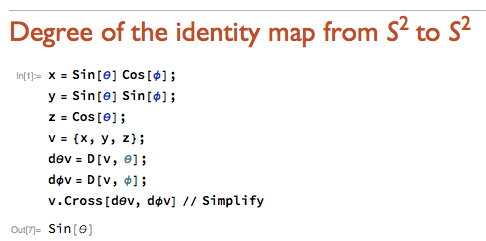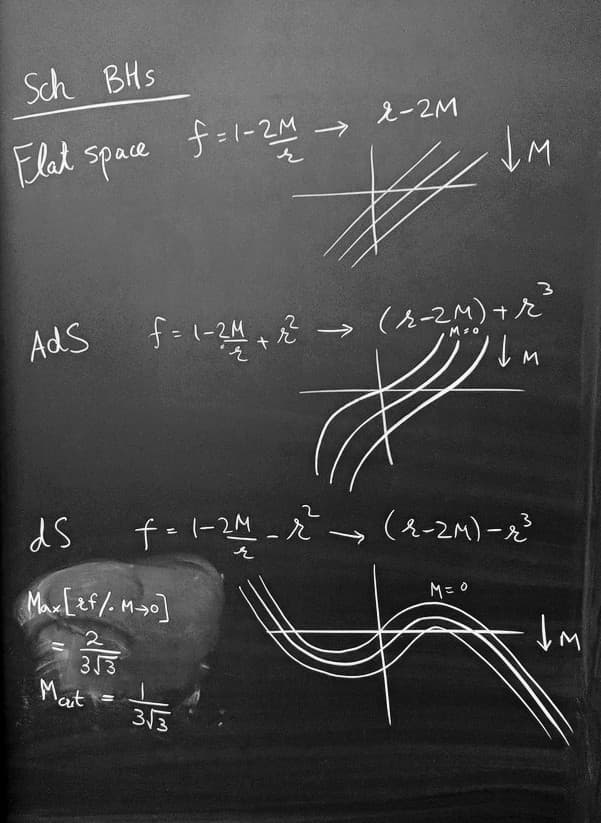In the canonical ensemble we hold fixed the inverse-temperature . The goal is to compute the partition function
. Suppose we find
We can compute the entropy
One special case is which we get in the case of an extremal black-hole. The entropy is a constant and gives us the extremal entropy.
The other special case is which is an important correction in the SYK model. The entropy is proportional to the temperature. This has been dubbed the “near-extremal” entropy.


